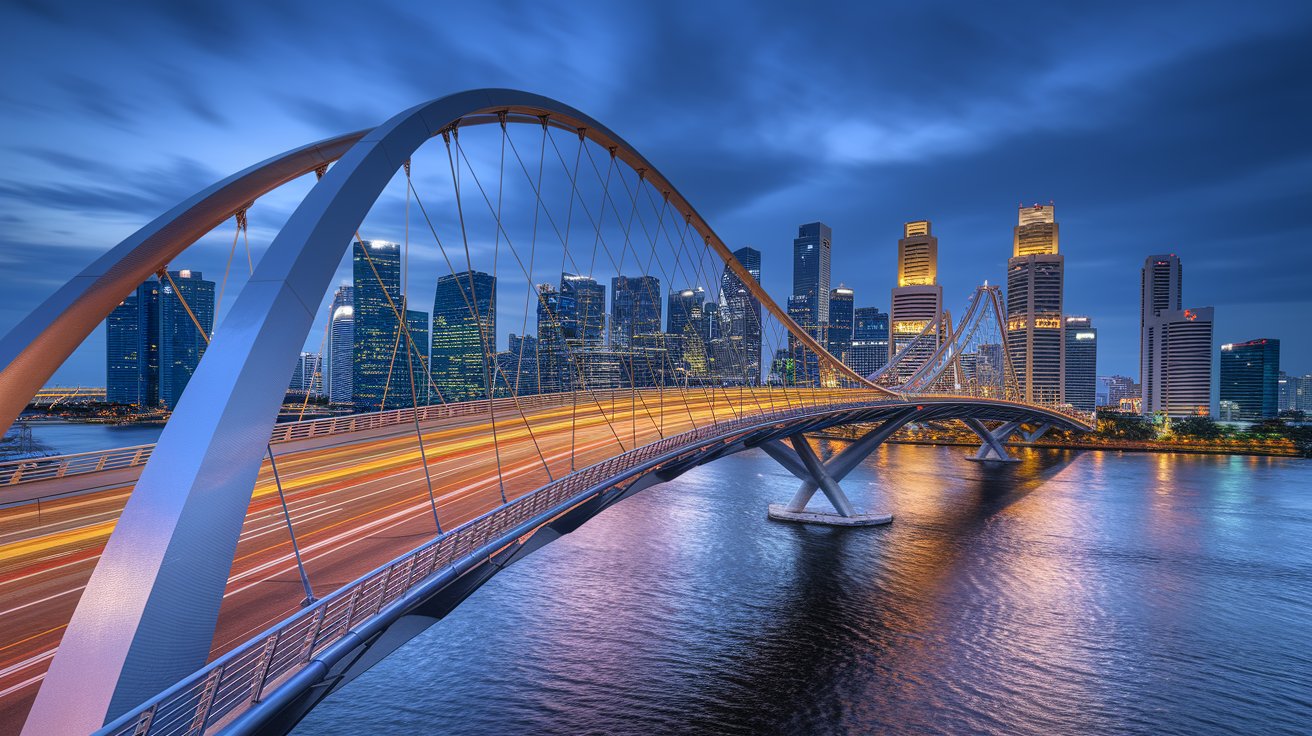Living by the Coast: A Global Perspective with Focus on Singapore
The salty breeze, the rhythmic waves, and an endless horizon—these are the elements that draw millions of people to the coast. Over 35% of the world’s population lives within 100 kilometers of a shoreline, and around 680 million people inhabit low-lying coastal cities. In Singapore, where urban structures stretch toward the sea, the boundary between city life and coastal living is thin. This piece dives into the lifestyle, challenges, and cultural layers that come with residing near the coast—from Europe and the Americas to Southeast Asia, and finally, to Singapore’s unique setting.
Quick Glimpse
• A third of humanity lives close to the coast, making their safety and quality of life a matter of global importance.
• From Amsterdam to Manila, local climates and customs vary, but the value placed on trade, recreation, and marine conservation is consistent.
• Singapore blends high urban development with deep environmental ties to the sea, a relationship now shaped by shifting climate patterns.
Morning Breeze and Ocean Rhythms: Why People Choose Coastal Life
There’s a special energy that comes with mornings along the coast—where winds meet sunlight reflected on water. In California, surfers take on the waves before sunrise. In Lisbon, children walk along the Tejo River on their way to school. In Singapore, joggers pass through East Coast Park while container ships dock in the background.
The coast isn’t just about scenery. Its proximity supports trade, work, and access to food. Port cities with direct access to the ocean often enjoy strong economies—no surprise that Tokyo, New York, and Shanghai top global wealth lists.
Beyond economics, the sound of waves and sea views offer peace. Studies show that hearing natural wave sounds can lower blood pressure more effectively than traffic noise. In Singapore, schools often bring students to the shore to learn how health, nature, and the economy are interconnected.
Global Views: Unique Faces of Coastal Communities
In Venice, water taxis move slowly through narrow canals. In Honolulu, the pace is livelier thanks to beach tourism and surf culture. Rio de Janeiro’s Copacabana thrives with samba beats, while Sydney’s Bondi Beach pulses with the café-and-ocean lifestyle. Each coast tells its own story.
Many coastal cities also host vibrant festivals. In Thailand, people float candlelit wishes during Loi Krathong. In Spain, La Tomatina celebrates the summer with a joyful mess. These events highlight how the sea becomes a stage for shared traditions and joy. In Singapore, ports and riverbanks come alive during Hari Raya Haji and the Dragon Boat Festival, proving that culture thrives alongside modern life.
Singapore’s Story: How Locals Live with the Sea
Singapore is an island nation, so the sea is part of its core identity. From Changi to Tuas, its shoreline is long—though much of it is reclaimed. Still, the government has designed parks, boardwalks, and sea barriers to create public spaces. Punggol Waterway stands out by combining homes, commercial zones, and greenery, showing a trend toward reconnecting people with nature.
For residents of Pasir Ris, a walk to the beach at dusk feels like a short retreat. The sea glows, and in quieter areas, local fishers still cast their nets. On weekends, students hang hammocks between trees, using their laptops under the open sky. Whether it’s remote work or simply reading a book, the beach turns into a peaceful workspace.
Advantages and Concerns
Here are four points that locals often think about when living near the shore:
The air feels cleaner and the atmosphere is less stressful than city centers.
Fresh seafood is easier to find and often more affordable.
Flood risks increase, especially during monsoon season or tidal surges.
Property prices are high, and rent tends to follow suit.
This list shows how beautiful views come with certain responsibilities—both individual and collective.
Rising Seas and Changing Climates
The effects of climate change are hard to ignore in coastal cities. Miami already deals with “king tides” that flood streets without any storms. In Jakarta, some districts sink up to five centimeters each year, leading to the government’s plan to shift the capital to Nusantara.
Singapore has responded with strong measures through its Coastal Protection and Flood Management initiatives. Engineers are raising Marina South’s elevation and integrating mangroves into concrete seawalls to soften wave impact.
With sea levels rising around six millimeters annually, building with resilience in mind is a top priority. Pump stations using smart sensors help manage rainwater, and green roofs are encouraged to absorb excess runoff. Students at Nanyang Technological University are even designing communities with floating walkways and modular homes that can stay afloat if needed.
Culture and Nature: Sustaining Life by the Shore
More than just structures, marine life must be protected. Palawan and Fiji lead in coral farming supported by local communities. In New Zealand, the Maori take charge of preserving taonga waters. Singapore’s Sisters’ Islands Marine Park is dedicated to marine conservation, including guided intertidal walks during low tide where visitors can observe sea cucumbers and seahorses in their natural habitat. These experiences strengthen the bond between people and nature.
Literature and art also play a role in telling the story of the sea. Poet Alvin Pang writes about kampungs that once faced the ocean. Objectifs Gallery features photo exhibits capturing the shifting shoreline. Through creative work, the coastline becomes more personal and relatable than any set of statistics.
Flavors of the Coast: Food and Daily Rituals
If there’s one daily delight of coastal living, it’s the food. In Peru, ceviche is a staple. In Greece, grilled octopus is a must. Cebu celebrates bakasi, while Tokyo offers fresh uni. In Singapore, seafood lovers head to East Coast Lagoon Food Village for chili crab, sambal stingray, and prawn-laden Hokkien mee—caught that same morning.
Coastal living also shapes routines for exercise and rest. At Pasir Ris, yoga sessions often begin as the sun rises. In Sentosa, kayaking fishers start their day on the water. A study by the University of Exeter involving over 18,000 people found that such outdoor activities increase endorphins and lower stress. The result: coastal dwellers tend to feel more energized and fulfilled.
Preparing for What Lies Ahead
With stronger storms and higher seas on the horizon, preparation is key. The Netherlands has improved its dike systems with parks built on top. The Maldives is testing bamboo-framed, solar-powered floating communities. In Singapore, the upcoming Long Island Project aims to act both as a coastal shield and a mixed-use area with a beachfront park. It will provide new housing, business space, and recreation while protecting the land from sea damage.
Still, it’s not just governments that need to act. Everyday choices—like using reusable bags, buying responsibly sourced seafood, and throwing trash in the right place—make a lasting difference. One family can start a beach cleanup group. One student can post a photo that inspires ocean care. That spark can ripple out to an entire community.
What Stays with Us
Coastal living is more than a scenic view. It’s the sun that brings life to the morning, the scent of salt in the air, and the music of waves at night. Across the globe—from Copenhagen to Cebu, and especially in Singapore—daily life feels richer and more connected when the sea is close. If we continue to care for our coasts with love and foresight, they will continue to give back, not just to us, but to generations yet to come.















Leave a Reply